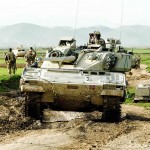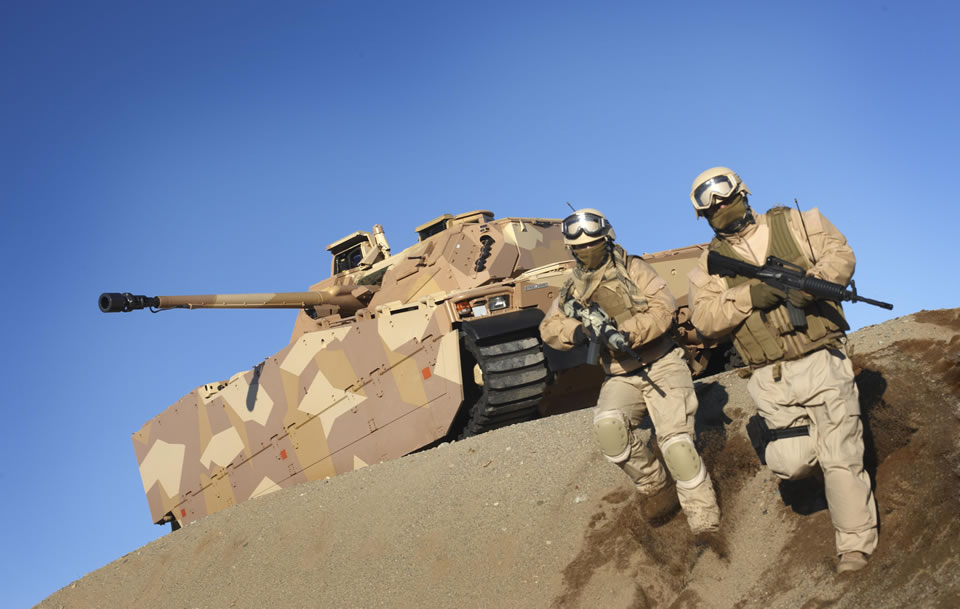
Updated June 21, 2012: In the upcoming months the Norwegian parliament will be asked to approve a strategic defense plan submitted by the government. The Norwegian defense ministry is asking for a significant increase in defense procurement, funding the acquisition of new fighters, armored vehicles, communications gear and unmanned systems. Restructuring of some of the units, support for cyber warfare and homeland security are also part of the increase.
After the modernization of naval systems have been approved in recent months, the procurement of 41 new CV90 armored fighting vehicles (AFVs), upgrades of existing AFVs, new communications systems and unmanned aerial systems will equip two mechanized battalions. Deliveries will commence next year and continue for five years (until 2018). The total value of the new bill is 10 billion Norwegian Crowns (NOK) or about US$1.74 billion.
The bill funds the procurement of armored vehicles supporting Norway’s two mechanized battalions, the Telemark the Armored Battalion, both will receive new and upgraded vehicles to cover shortfalls in their current inventories of medium armored vehicles. The third (Troms) battalion will be converted into rapid response light infantry battalion. Modifications to existing CV90 vehicles will include added mine protection, improved C4ISR integration, rubber band tracks and Remote Weapon Stations for self defense. In addition, Norway will procure additional CV90 hulls from BAE Systems, to replenish the total Norwegian inventory to 144 CV90s in different configurations, up from 103 currently in service. In addition, the project will include procurement of unmanned aerial and ground vehicles, remote ground sensors and C4ISR systems.
Introducing the new bill, Norwegian Minister of Defence, Espen Barth Eide also indicated the Royal Norwegian Air Force modernization is also in the planning. The most prominent of this process is the decision to order 52 F-35 Lightning II Joint Strike Fighters for which 22-28 billion NOK (about 3.8 – 4.5 billion) have already been earmarked in future year budgets. The funding covers the acquisition of 46 aircraft, with options for additional six planes remaining for further decision. Despite the recent F-35 cost increases anticipated in the US the Norwegians did not change their cost estimates for their JSF procurement. Oslo’s recently updated cost estimate and risk analysis confirmed the ‘national estimates are still valid’, the defense plan assured Parliament. The investment cost is expected to be about the same as estimated in 2008 while lifecycle cost is estimated to have decreased by approximately 10 percent. In any case, Defense promises updated numbers will be presented to parliament before ordering the main body of aircraft.
Parallel to the acquisition of new fighters, the RNoAF is planning to establish a forward operating base at Ørland, supporting all fighter planes assigned to Quick Reaction Alert (QRA), best positioned to support NATO operations and training missions with minimal environmental impact.
The modernization process of all three services will contribute as a significant boost for the local industry. Norway requires foreign prime contractors to acquire 100% of the value of major defense programs to be reinvested in local industrial participation. Therefore, the five-year plan has significant upside for the defense and industrial sector in Norway.




















